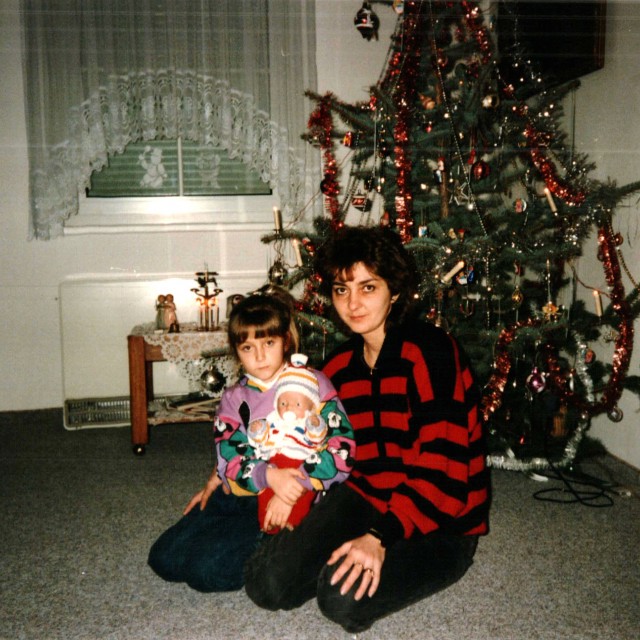In zigzag among the cars
Annamária Gugler and her little daughter were brought to the checking point of Hegyeshalom by a Hungarian colleague of hers in 1989. "Listen! In case I am able to cross, stop between the two border stations, there is much traffic there. I’m going on foot. Wait for me for a certain time.” – she told him. Hungarian citizens could travel freely abroad with their new passport valid for different countries of the world in 1989, but Annamária Gugler who was of Hungarian nationality but who came from Transylvania, was a Romanian citizen. She could live and work in Hungary with a temporary permit. She didn't have bright prospects in Hungary with the lack of Hungarian citizenship and she was hurt several times by being considered 'Romanian' by the Hungarians. This is why she and her husband decided to leave for Austria. They tried various times to cross the border illegally both by train and by car, but their Romanian passports caught the eye of the border guards. It was only Annamária with her daughter who attempted the last time. She got off the car at Hegyeshalom. "I said I didn't want to bring anything, whatever might happen to us, I didn't want to have with me neither money or anything. I had only a plastic bag with me, there was a dress for the child in it, something to eat, nothing else.” They walked among the cars in a zigzag. "A border officer, I remember well, noticed us and he was coming to us but somebody called him, he was called I don't know why and then we hastily went to… between the two border lines there were toilets, a restaurant and a bar and stuff like that and we ran there, we hid in a toilet. Then I sat there for half an hour.” When they came out, their passports were asked. "I had a cover on my Romanian passport that was a copy of the Hungarian passport, and when I came out of the toilet, I just showed it and it wasn't controlled. It was a fortune. If he had opened it, he would found a Romanian passport inside.” Then they walked firmly to the Austrian side of the border. Their Hungarian "driver" was still waiting for them and they drove directly to the refugee camp in Traiskirchen.
Hodnocení
Hodnotilo 0 lidí
Routes
Not a part of any route.
Comments
No comments yet.



